As many of you already know the Bokeh Maru, the Institutes premier research vessel, is a remarkable vehicle. Outfitted with all the modern attributes of a world-class media center and loaded down with sophisticated electronic equipment including GPS, a Smartphone, contact receptacles mounted in the walls that interface with portable electronics like laptops, toasters, handheld devices that remove facial hair and a place to recharge batteries in all the professional photographic gear that is needed on an expedition such as this one. The power source alone that is a regenerative unit that provides nearly an inexhaustible amount of power in the form of AC/DC electricity, requires an advanced degree in mechanical engineering just to turn it on.
But perhaps the greatest and most useful device on board is a portable, slightly oversized, hyper-organic computer with the ability to perform incredible feats of observation and analysis of the conditions around it. Programmed with the latest algorithms and lightning fast calculations it is able to instantly react to stimulus occurring in a 360° radius of its location. That is until it goes on overload, reboots, gives you a blue screen and you crash into the guard rail and spill your tea. Fortunately that didn’t happen but it could of.
It, the organic computer named after the Hal 9000’s cousin Leland, was running its wildlife acquisition app as we sped down I-84 along the Columbia river just east of The Dalles in Oregon, when it suddenly sprang into action after locating life-forms just off the hwy and up a nearly vertical wall of rocks, sand, boulders and scrub. Sensing images to be had I immediately pulled over to the side of the road where fortunately the shoulder was just wide enough that if I nearly scraped the side of the Bokeh Maru against the concrete divider placed there to keep foolish gawkers from falling into the Columbia river, I could get far enough off the roadway to avoid being crushed to death by the semi-truck traffic rocketing by at 70 mph.
The life-forms turned out to be Bighorn Sheep, rams to be exact, that were girding their loins in preparation for the rut which would allow them to have unprotected sex with any female sheep they could coerce into mating behavior. There were 5-7 of these bachelor boys who took turns ramming their heads together (hence the name Rams) to see who would get first pick of any females they might blunder into. Half these guys were so loopy that they didn’t know which way was up after several rounds of striking their heads together with enough force you could hear it over the sound of 18 wheelers screaming by inches away. Their numbers varied as they came and went, as they did battle, then retreated to take whatever headache remedy they could before returning to the jousts again. This went on for hours, all in all a magnificent display of the ridiculous, I mean, they could’ve just sent a nice bouquet of roadside sage or some tasty twigs they located, then after some small talk and a little wine, they could accomplish what nature intended without all that head-banging and bleating. But that is just a personal opinion and not to be taken as scientific fact.
Here two of the Bachelor Boys contend for contendership and the right to do this again with someone bigger. The average good-sized ram will weigh between 250 and 300 lbs. with 30 lbs or more of that weight being their horns.
Contact! They put every ounce of power they have into these moments.
The impact is so intense that the energy rocketing through their bodies results in one or both of them actually being lifted from the ground. It is impressive to see and one wonders about the longevity of Nature’s crash-test dummies after being subjected to this dozens of times a day. Makes these NFL linemen we hear about today seem like pansy little whiners in comparison with their measly little concussions and all.
After the immediate impact they stand there motionless, or I might say paralyzed, while they contemplate what just happened. At the moment of impact these 250-300lbs. rams are striking each other at speeds up to 20 mph which is the equivalent of a 250lb man on a fat-tired bike slamming into the concrete wall of a Starbucks at 40 mph. One can only wonder what they might be thinking at this moment.
As a trained observer I have theorized that those thoughts may be something like “Holy crap, did THAT hurt.” or possibly a false sense of bravado with one saying “Didn’t hurt.” and the other one responding “Did too!” or perhaps something along the lines of “Where am I? Better yet, what am I?” While these boys are standing there trying to figure out if they walked to work or carried their lunch, another pair begin the same ritual. These bouts can last up to 24 hrs. before they finally concede its dumb and they go get breakfast somewhere.
Although this was a unique adventure as there was no expectation that wildlife would be spotted in the narrow confines of the Columbia gorge, the real adventure was not getting sideswiped by every semi that came down the highway. The rest was that act of reentering 70 mph traffic from a standing start. For those who have never driven through the Columbia gorge it is one of the principal entries into the city of Portland and consequently every truck in America is required to go through it, sometimes several times a day. And they, the large, malevolent, evil-smelling ogres of the road, do not like RV’s. Or cars. Or other trucks. They don’t even like their mothers, or Jesus, or Country and Western music, so reentering their domain takes an act of courage that many simply don’t have. But the Bokeh Maru does. She leapt into the fray with never a thought for her soft-bodied passenger inside and fearlessly held up her tail pipe in a obscene gesture in the face of that 90,000lb behemoth bearing down on her and pulled into the traffic lane. We lived.
It was on to bigger and better things as we pointed our broad nose to the west and headed for Portland, the city of narrow roads and high-speed traffic. New adventures awaited us.

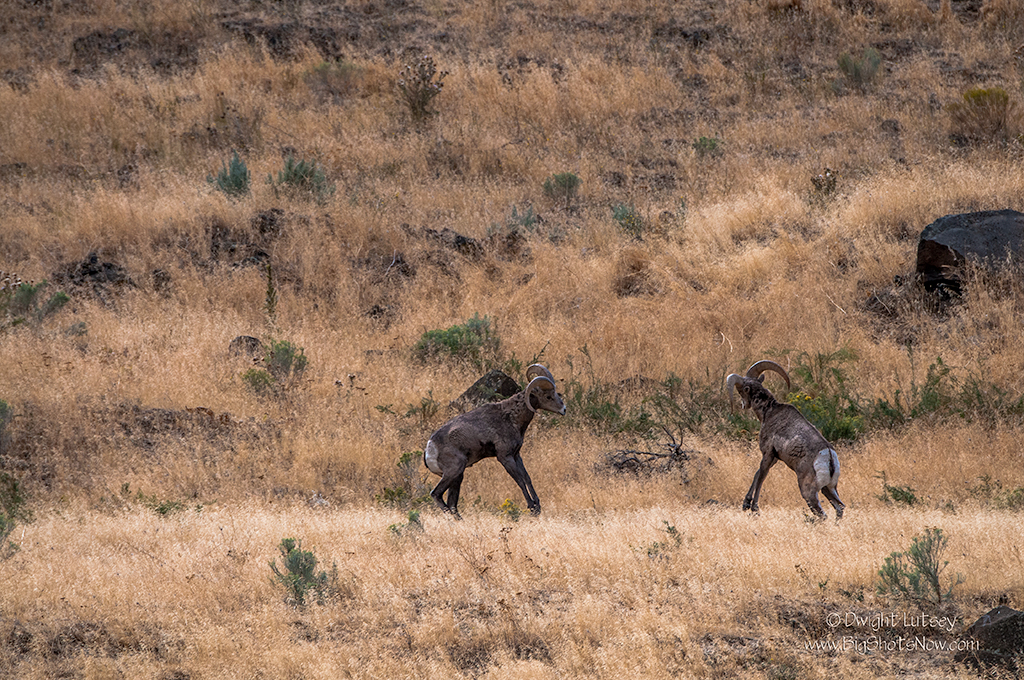
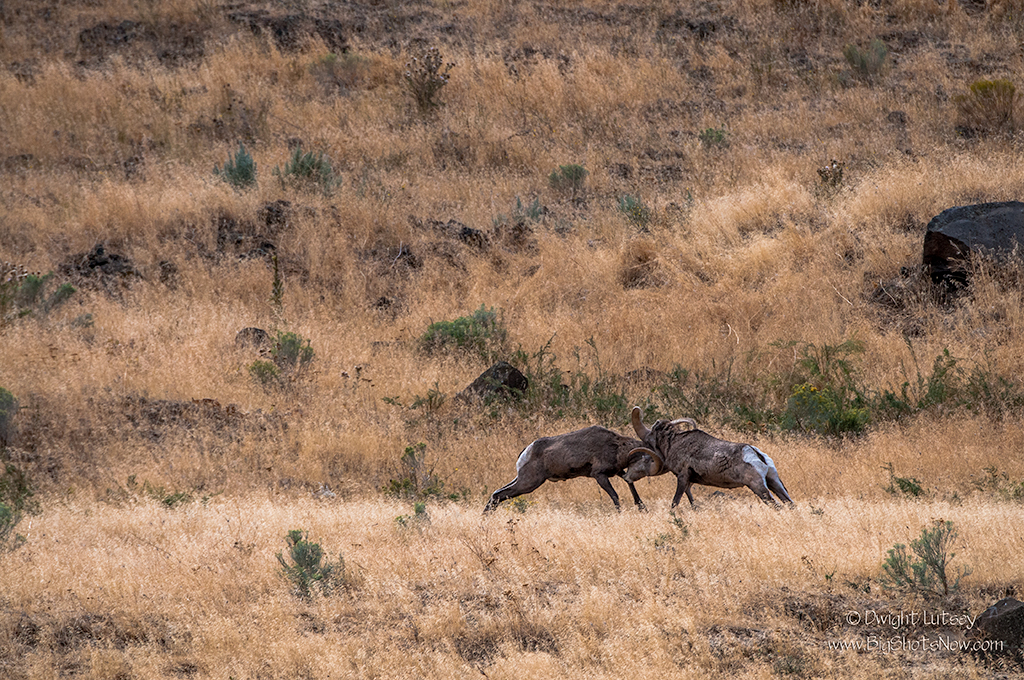
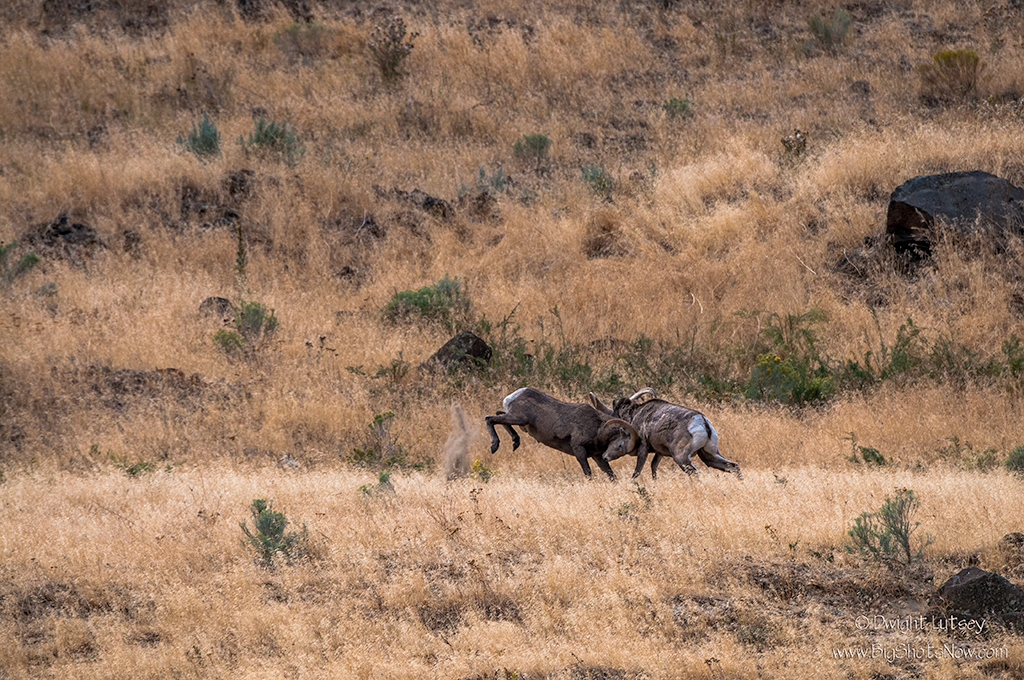
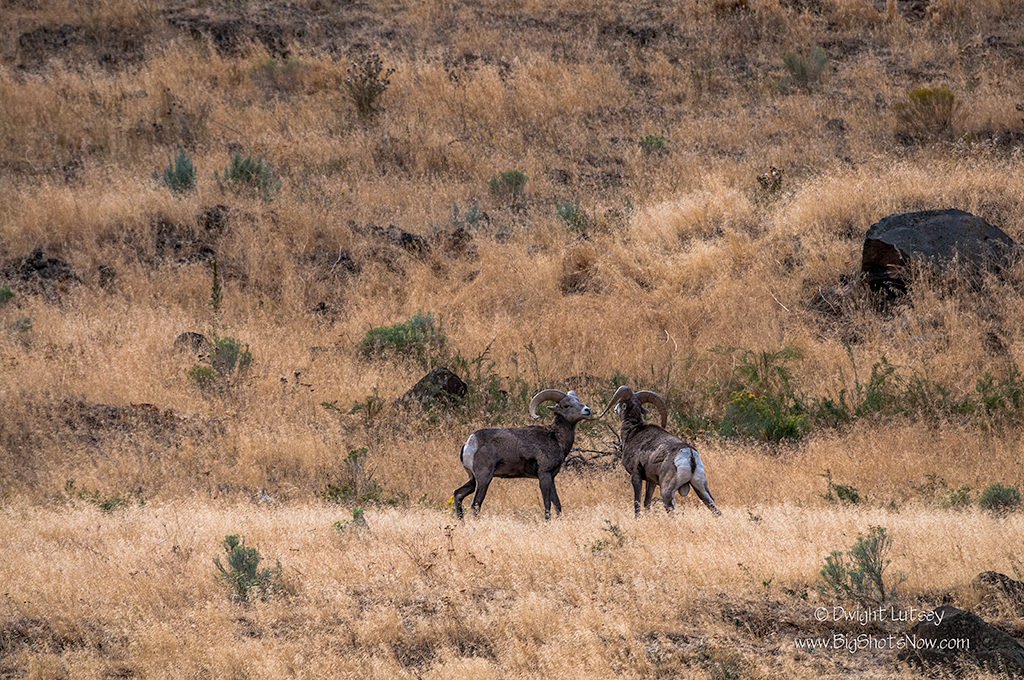
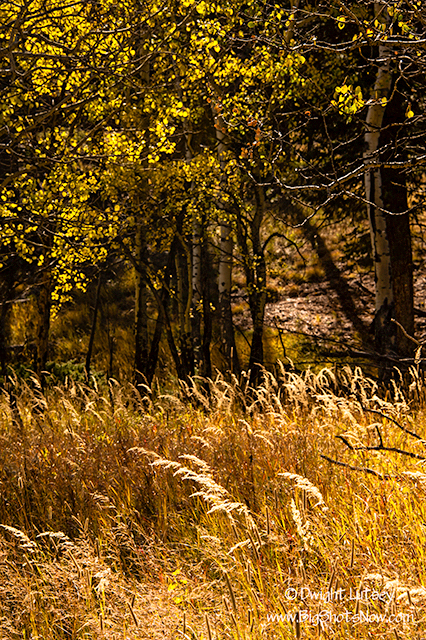
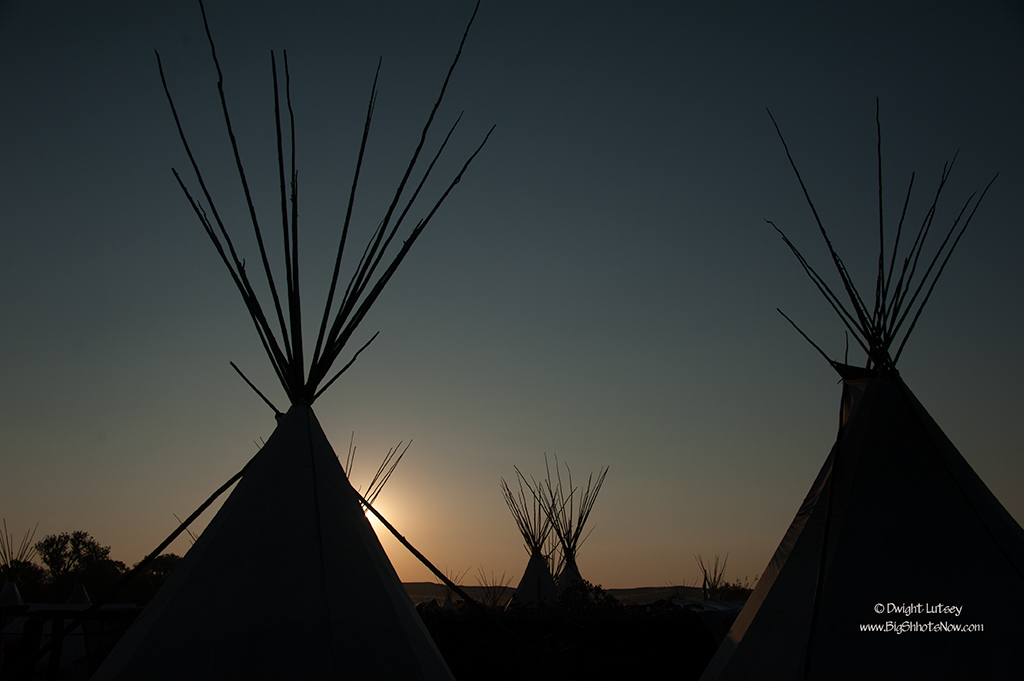
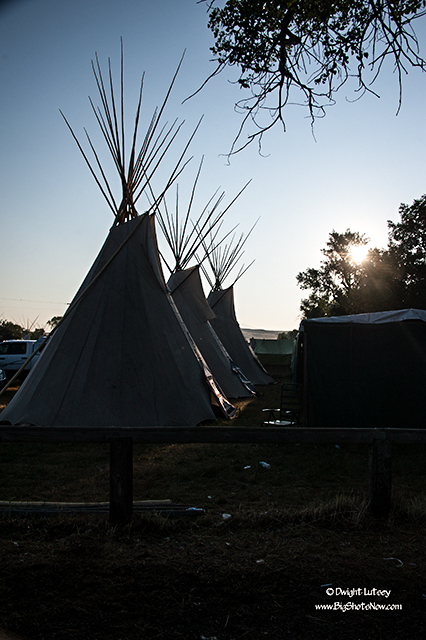
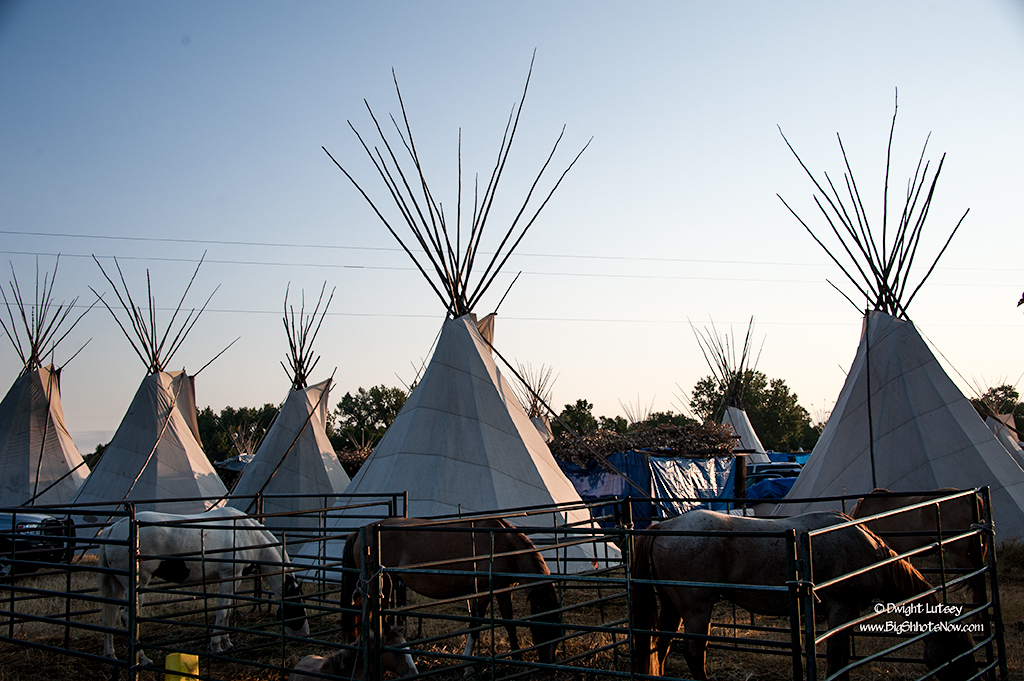

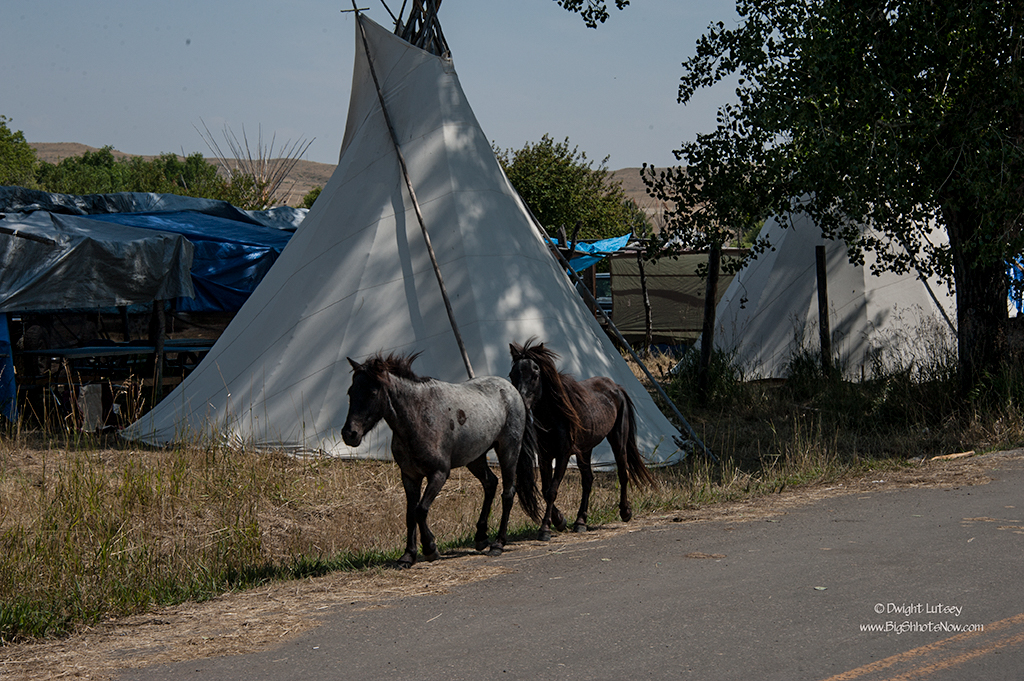
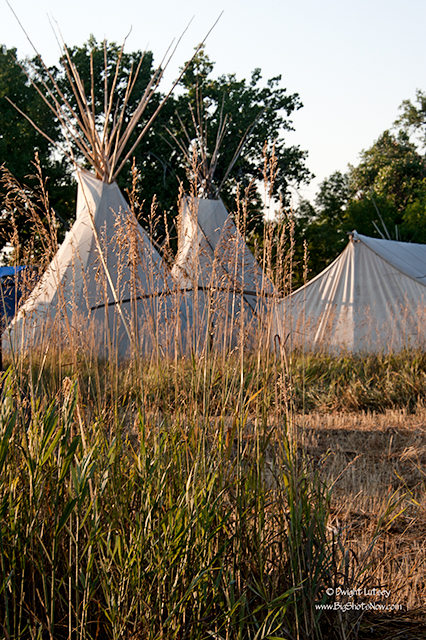
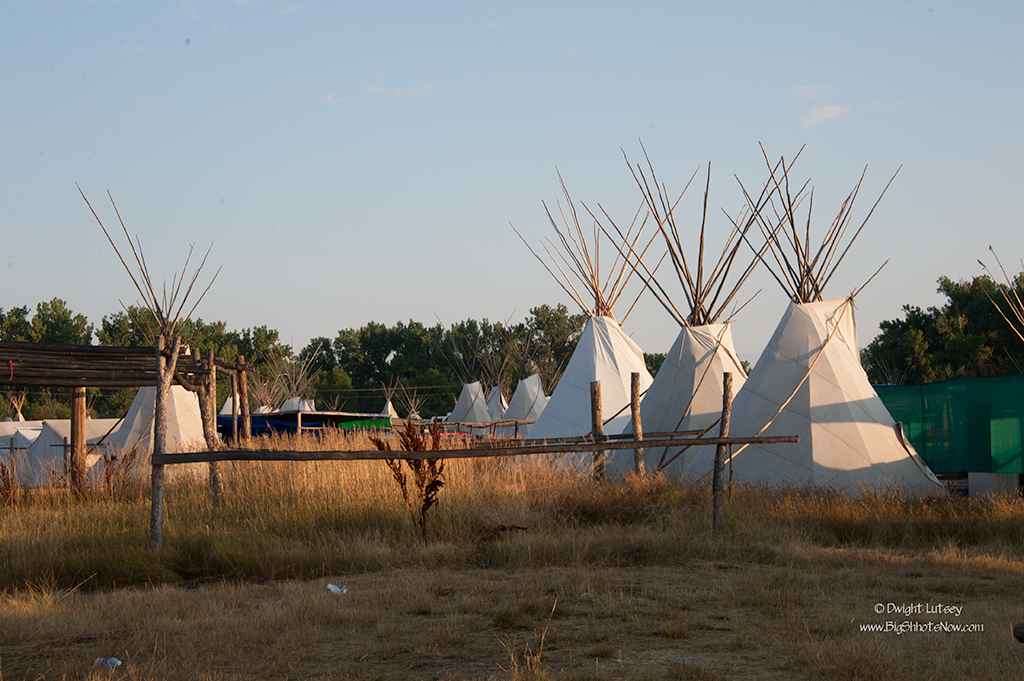
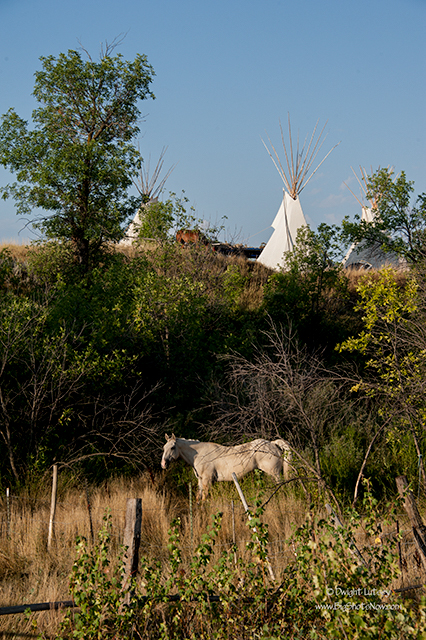

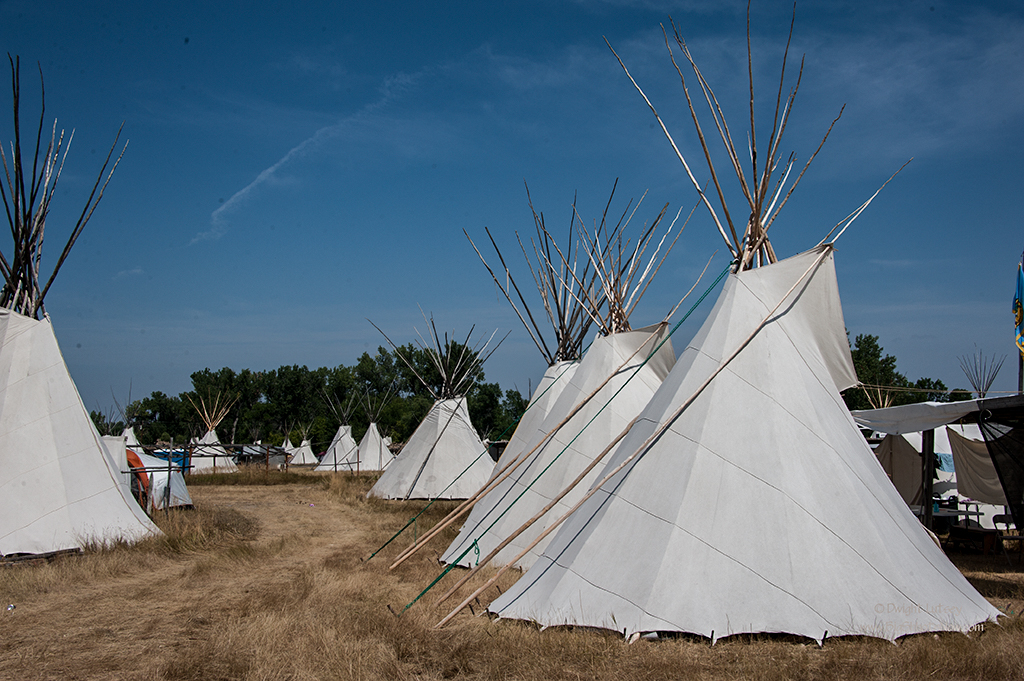

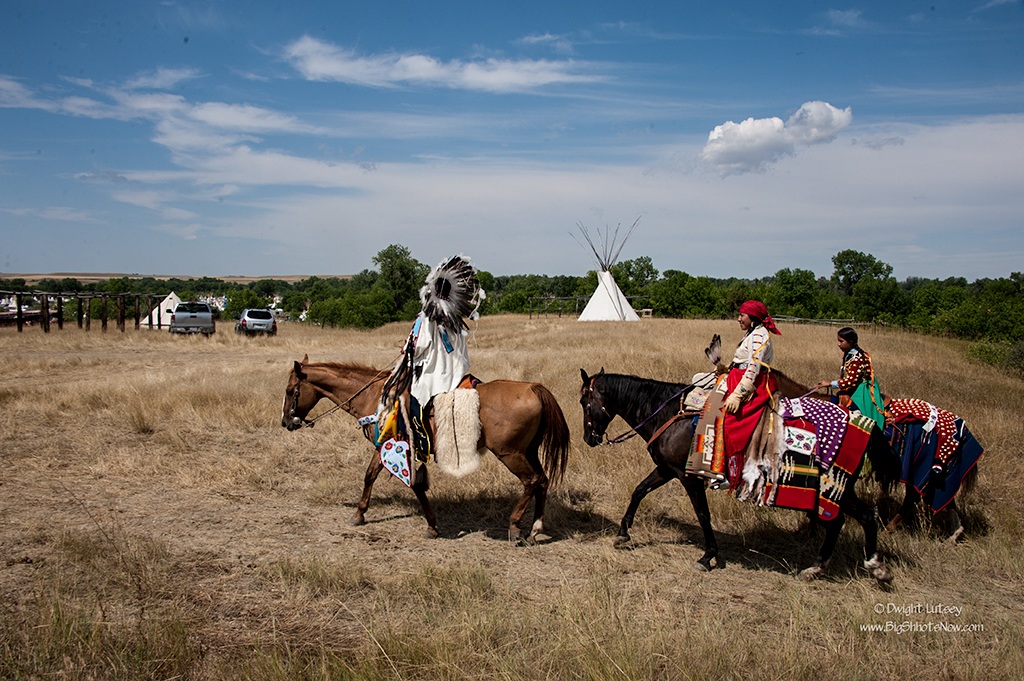

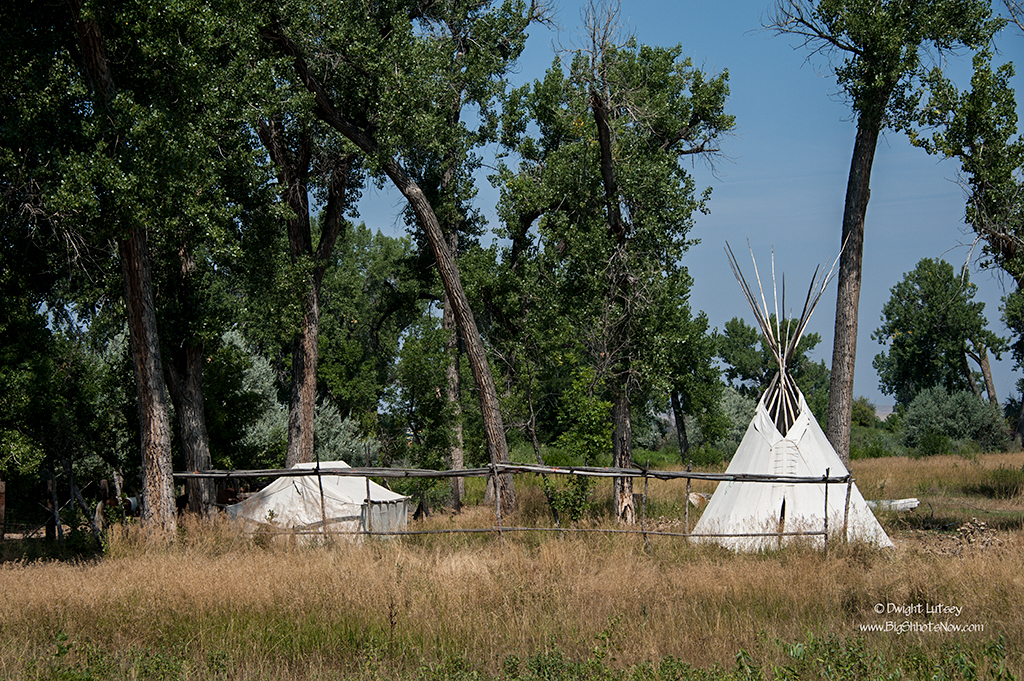

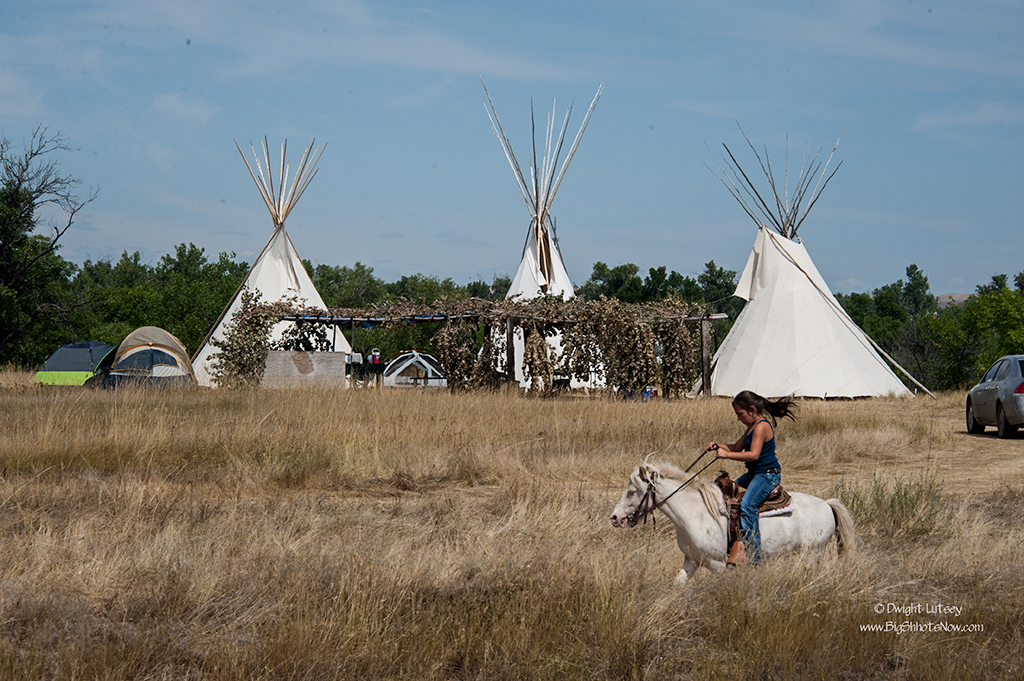
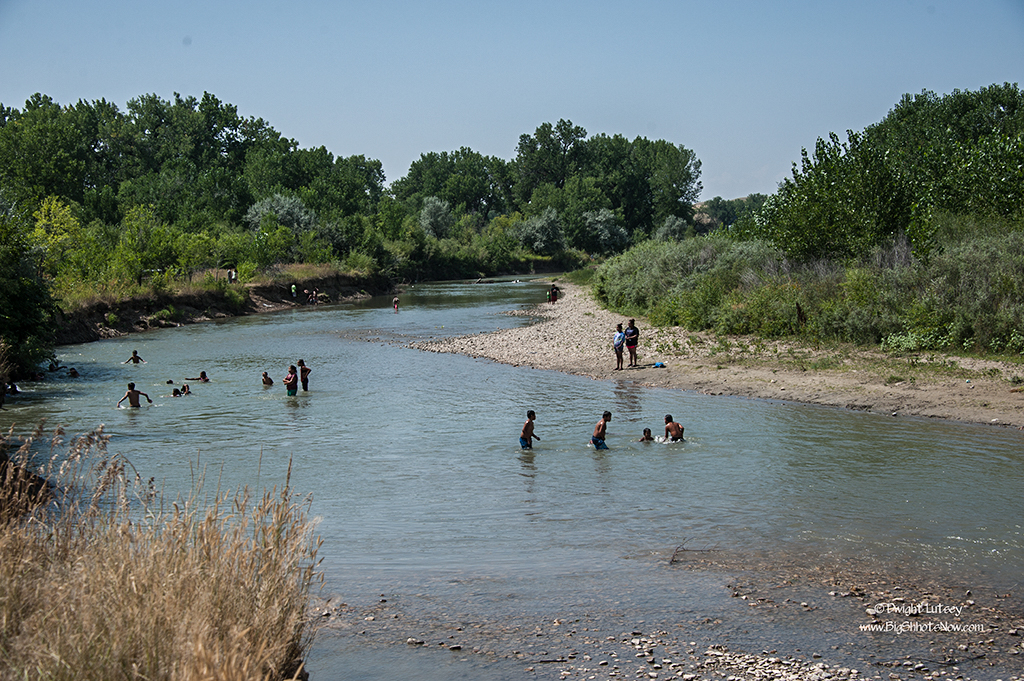

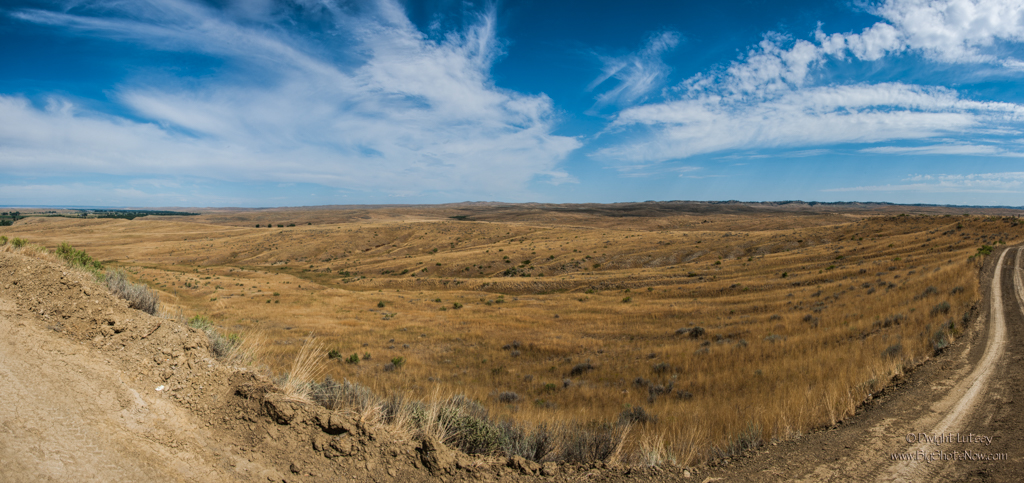


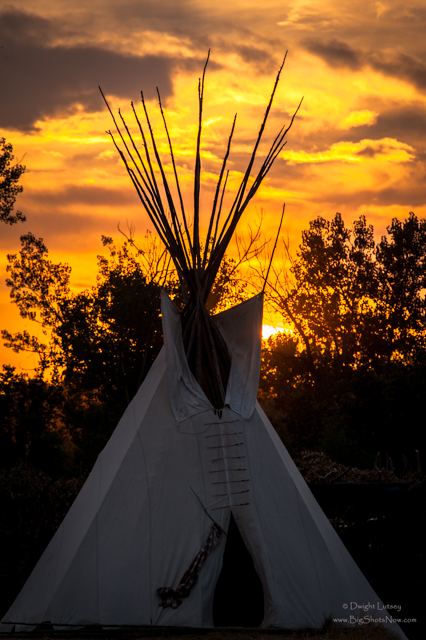
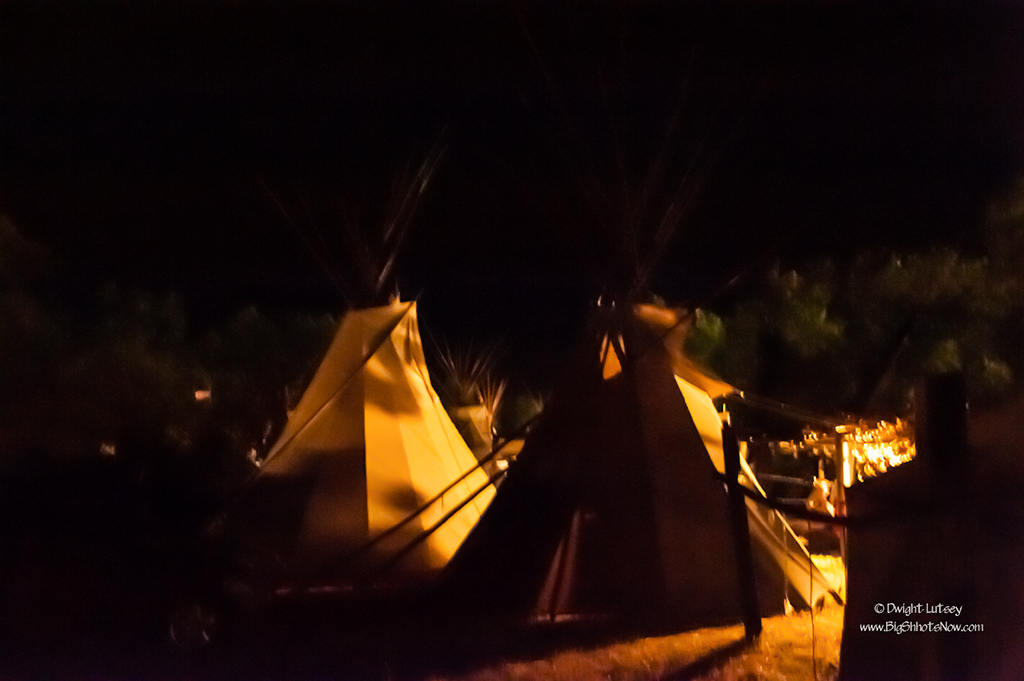
You must be logged in to post a comment.